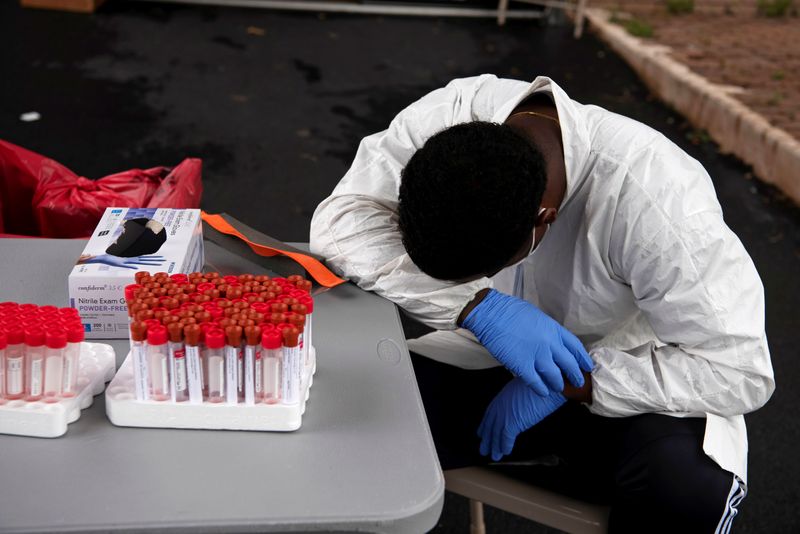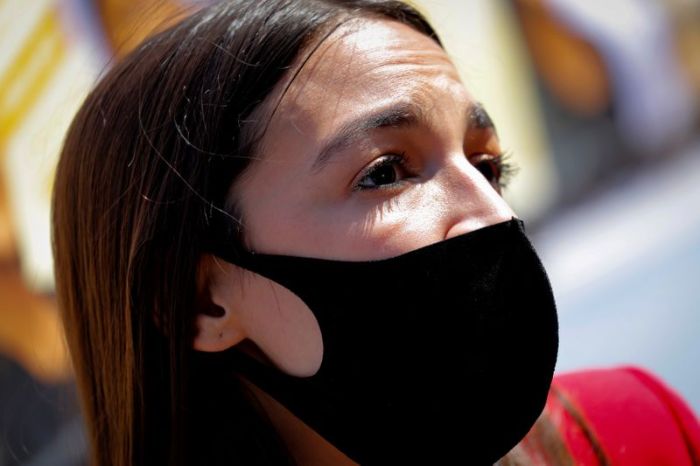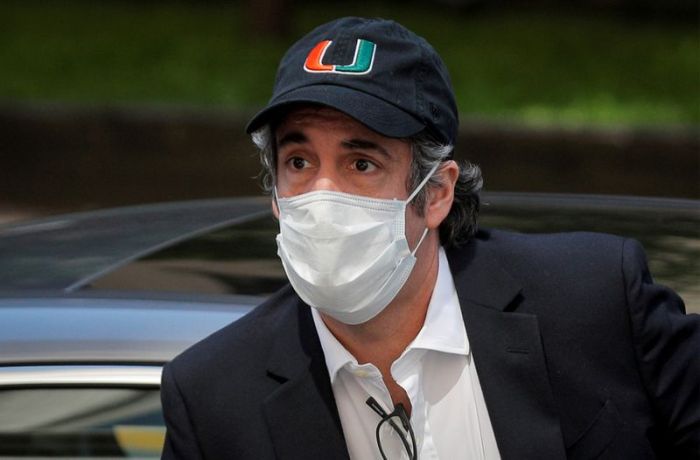NEW YORK (Reuters) – U.S. health officials including Deborah Birx, coordinator of the White House Coronavirus Task Force, have called for so-called pooled testing to diagnose COVID-19 in order to test more people faster and cut down on mounting turnaround times for getting results.
Quest Diagnostics <DGX.N> on Saturday received the first emergency authorization from the U.S. Food and Drug Administration to use pooled testing to help reduce its backlog of COVID-19 tests. The following is a description of how it works and the advantages and disadvantages of pooled testing.
How does pooled testing work?
In pooled testing, laboratories combine samples taken from several people and test the multiple specimens together for the presence of genetic material from the novel coronavirus. If a batch tests negative for COVID-19, all those patients are cleared. If a batch tests positive, the specimens must be retested individually or in smaller groups.
Such tests could be used to quickly clear groups of people who are not likely carriers, such as students returning to school, or individuals in areas with relatively low active COVID-19 infection levels.
“This type of testing works really well when you have an asymptomatic patient population or you’re doing some contact tracing where the likelihood of the prevalence of someone having the SARS-CoV virus is rather low, because you could test multiple groups and get tons of negatives,” said Carmen Wiley, president of the American Association for Clinical Chemistry (AACC).
What are the benefits of pooled testing?
U.S. independent labs and hospitals are struggling to meet surging demand for tests as infection rates climb in many parts of the country. Waits of more than a week for results, which has become common, defeats the purpose of trying slow the virus’ spread by identifying who may be contagious before they can infect others. Pooled testing could alleviate some of that problem.
If a laboratory were to test a batch of 12 specimens, one of which was positive, it could then test smaller batches of four samples each. The smaller group with the positive sample would then be tested individually to identify the infected person. That process requiring seven tests is still a 42% reduction versus 12 individual tests.
Fewer tests not only means quicker results, but frees up testing materials that have been in short supply, like chemical reagents.
What are the drawbacks?
If the disease is prevalent in a community – more than around 10 percent, according to the AACC – pooled testing stops being useful because so many follow-up tests are likely to be required.
Pooled tests may also result in an increase in false negatives because combined samples are diluted, making it more difficult to pick up the virus material, according to the FDA. Quest, however, says that in clinical data it presented to regulators for its method of pooled testing, it would not have found a false negative in more than 3,000 total specimens.
(Reporting by Michael Erman; editing by Peter Henderson and Bill Berkrot)

























